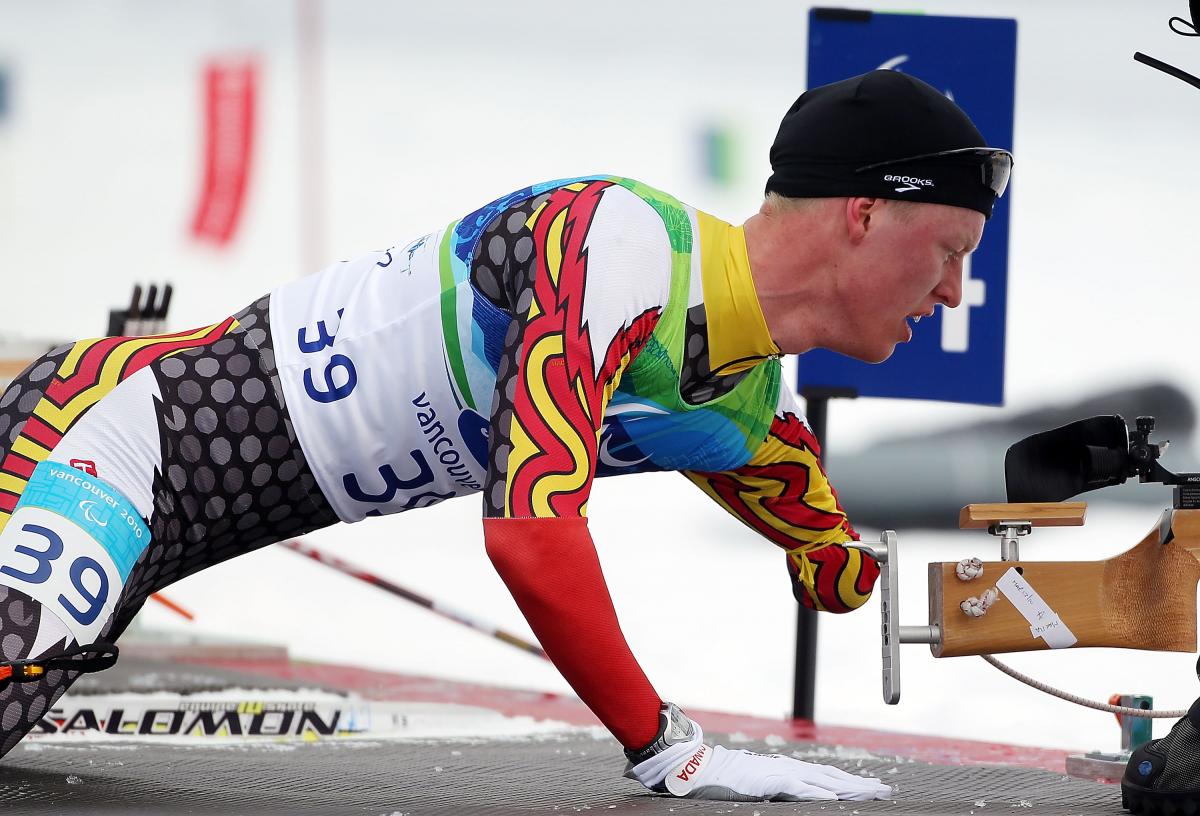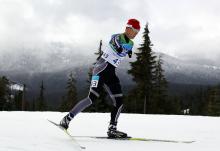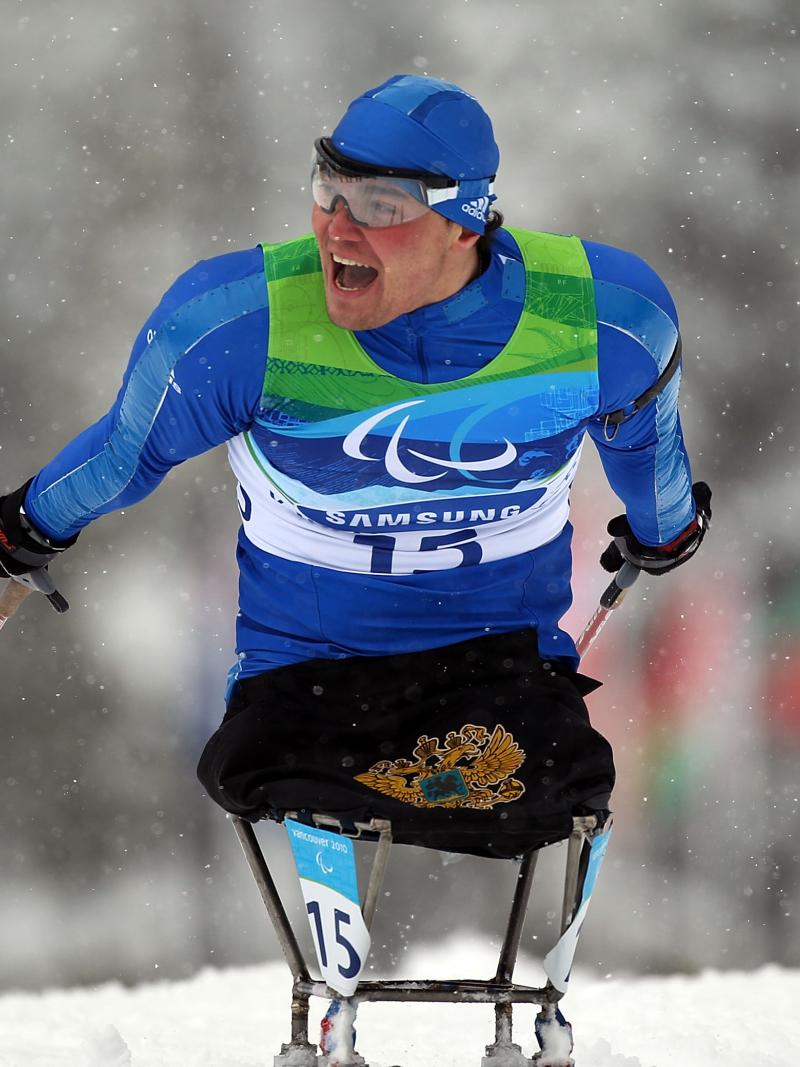IPC Nordic Skiing tests out new race format
16 Jan 2012
Mark Arendz (CAN) competes in the Men's 12.5km Standing Biathlon event at the Vancouver 2010 Paralympic Winter Games.
"It was one of the toughest races I did in Norway, though at the same time it was the most enjoyable to race not only for myself but for the team"
This season International Paralympic Committee (IPC) Nordic Skiing is testing out a couple of new race formats in Biathlon and Cross Country, as part of preparations for next year’s World Championships and the Sochi 2014 Paralympic Winter Games,
In December 2011, skiers had the chance to try out test events in Cross Country Relay and a two-day Biathlon Pursuit and there will be more test events in Voukatti, Finland in March 2012.
In the new format Cross Country Relay, a country can make a team of two, three or four athletes, covering four legs (two classic and two free). The teams may consist of any combination of athletes sitting, standing or blind, women or men, as long as the total percentage is below 350 for category 1 or 380 for category 2.
Canada’s Mark Arendz competed in the event in Norway in December. He says it allowed for a more diverse and exciting relay, and hopes he can compete in the race in the World Championships in 2013 and Sochi 2014, if it is ready by then.
“The new format is not only exciting for the athletes and teams but also the spectators because the lead changes so much and the winner really isn't decided until the finish line.
“It was one of the toughest races I did in Norway, though at the same time it was the most enjoyable to race not only for myself but for the team,” said Arendz.
Also in the offing is a two-day Biathlon Pursuit, which is similar to the format used by the International Biathlon Union.
The start order for the second day is determined by the previous day’s Short Race (6km for women and 7.5km for men). The second day’s race is 10km for women and 12.5km for men with four bouts of shooting.
“It plays to the strengths of true biathletes, by incorporating both ski endurance and shooting ability,” said Arendz. “I feel it is a better test of a Biathlete's skill, and you need to be the best both on course and on the range to earn a podium spot.”
Chairperson IPC Nordic Skiing Technical Committee, Rob Walsh said that the impetus for making the changes came primarily from the athletes.
“We had done the one-day pursuit format for a period of about four years and worked to get that to a point where it was stable. It was actually successful amongst the fans in the Vancouver 2010 Winter Paralympic Games, but the athletes felt that they would prefer the more traditional two-day format.
“It’s a challenge for us as an organization to make that work in the Paralympic format because of the calculation factors and the timing, but we’ve come up with a plan that we think will work for us,” said Walsh.
“If it’s successful this year, then we’ll try to build it towards using it in Sochi, though it may take longer to refine.”
Next week will see the next leg of the IPC Nordic Skiing World Cup taking place in Cable, Wisconsin, the spiritual home of the sport.
“Cable, Wisconsin was the location for the first able bodied World Cup, so it’s a historical place for Nordic Skiing.
“Being that this is the first time we’ve had an event in the US for nearly a decade, makes that a special event,” said Walsh.






